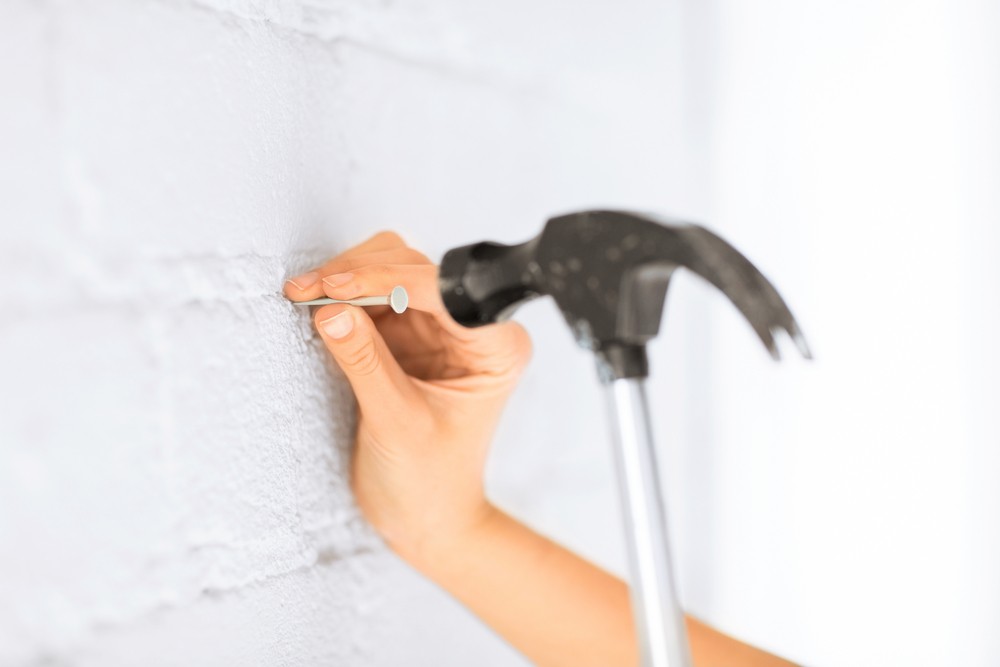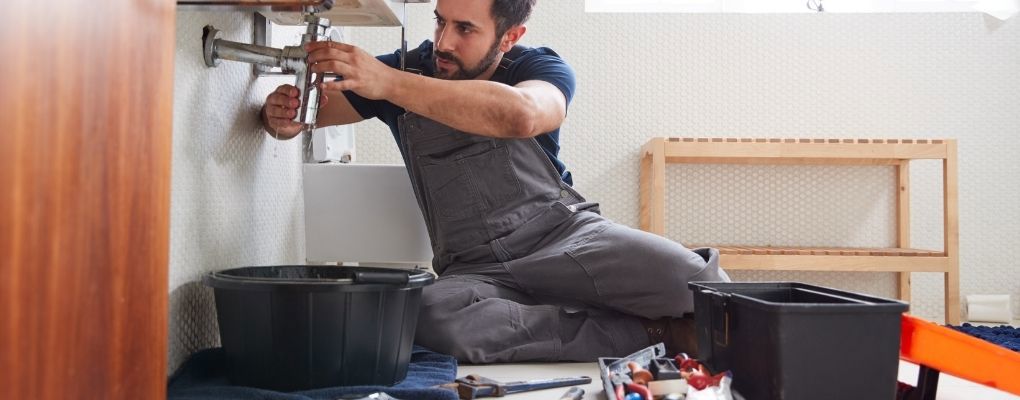Strategic Approaches for Dealing with Plumbing Issues in Rentals
Strategic Approaches for Dealing with Plumbing Issues in Rentals
Blog Article
How do you actually feel with regards to 10 Common Rental Property Repairs?

Handling pipes concerns in rental properties effectively is vital for preserving renter satisfaction and maintaining the building's value. Whether you're a proprietor or a home supervisor, knowing exactly how to resolve these common problems can conserve you money and time while ensuring compliance with lawful duties. Here's a detailed guide on how to manage pipes concerns in rental homes.
Paper Every little thing
Maintain detailed records of all reported plumbing problems and the activities required to settle them. Documents should include dates, descriptions of the issue, communication with lessees, and receipts from professionals or plumbing technicians. This info can be critical for insurance policy claims, tax reductions, and lawful defense.
Usage Qualified Professionals
Constantly make use of licensed and insured professionals for significant plumbing repairs and installations. This ensures that the work is up to code and can assist prevent obligation problems in case of accidents or further damage. It additionally reassures tenants that fixings are being taken care of properly.
Develop Clear Interaction
Motivate renters to report any plumbing concerns as quickly as they happen. Offer multiple communication channels such as phone, email, or a renter portal to make it very easy for them to connect. Trigger reactions to these reports can avoid small issues from rising into major problems.
Enlighten Occupants
Educate your tenants concerning what constitutes a pipes emergency and what does not. Provide standards on just how to manage minor issues themselves, such as making use of a plunger to unclog a commode. Likewise, inform them concerning what they must prevent putting down drains pipes to avoid blockages, such as oil, coffee premises, and non-biodegradable items.
Normal Maintenance
Implement a regular upkeep timetable for all plumbing systems in your service properties. Normal checks can help recognize and solve problems like leakages, slow drains pipes, or corroded pipelines prior to they end up being serious. Take into consideration working with a professional plumbing professional to examine the residential or commercial properties annually or semi-annually.
Quick Action to Emergencies
Have a plan in place for responding to pipes emergencies. This must include having the call information of trusted plumbing services that use 24/7 emergency repair services. Quick activity is necessary to lessen damages in circumstances like ruptured pipelines or severe leakages.
Preventive Upgrades
Consider upgrading older plumbing systems and components to more contemporary, efficient models. This can minimize the regularity and severity of plumbing concerns and reduced long-lasting upkeep prices. It's also a marketing factor for prospective tenants who value upgrades and contemporary attributes.
Lessee Move-Out Inspections
Conduct thorough pipes checks during move-out examinations to ensure that any problems are determined and attended to prior to a brand-new lessee relocate. This protects against disputes with new tenants over pre-existing problems and ensures the home is in top condition.
Understand Legal Obligations
Understand your legal obligations relating to plumbing and general property upkeep. Many territories require property owners to guarantee their homes are habitable and that all pipes systems remain in good working order. Failing to attend to severe problems quickly can result in legal actions from lessees.
Lessee Repayments
If a pipes issue requires prompt focus and the occupant fixes the issue on their own, have a clear plan in position for repaying costs. Make certain occupants know they need to acquire prior authorization for higher-cost fixings unless it's an absolute emergency.
Conclusion
Handling pipes issues in rental homes requires a proactive strategy and excellent interaction with renters. By remaining on top of upkeep, responding immediately to emergency situations, and making use of certified professionals, property managers can maintain their buildings in superb condition and maintain excellent connections with renters.
How to Handle Water Damage in a Rental Property
What is Water Damage?
Water damage is harm or destruction caused by water entering areas where it is not supposed to be. It can be caused by a variety of sources and can manifest in different ways. The most common examples of water damage include:
Leaking roof Plumbing leaks Appliance malfunctions Poor drainage Flooding Sewage backup Condensation Tenant negligence HVAC system issues Frozen pipes Is water damage dangerous?
Water damage itself is not inherently dangerous, but it can lead to various hazards and health risks if not promptly and properly addressed. The severity of these risks depends on the extent of the water damage, the source of the water, and how quickly it is mitigated.
Some potential dangers associated with water damage include structural damage, mold and bacterial growth, electrical hazards, water contamination, and pest infestations. In situations where mold and mildew have gone unaddressed, mold can start to develop within 24-48 hours of water exposure, and this can impose a serious health risk to tenants. In particular, mold spores and damp conditions can lead to respiratory issues and even make existing health problems worse, such as allergies, asthma, or immune disorders.
Water Damage in an Apartment - Who is Responsible?
If the water damage is caused by the tenant’s negligence, the tenant is responsible for the cost of repairs. If the water damage is caused by a defect in the property, the landlord is responsible for the cost of repairs. If the water damage is a result of natural causes, such as excessive rain, then the landlord is responsible, since the water intrusion likely occurred due to a defect in the property. Landlord Responsibility water damage in rental property
Since maintaining habitability is the landlord’s legal responsibility, landlords are responsible for any resulting structural damage caused by water damage. These structural damages may include damage to walls, roofs, ceilings, and flooring. If water damage has affected the rental property’s original structure, the landlord is responsible for repairing or replacing those materials. Therefore, landlords should have property insurance that covers the structural components of their rental property so that they can receive help with the costs of covered events.
Preventative measures can also help landlords avoid massive renovations. Preventative maintenance may include conducting regular inspections to identify and address potential water damage before it becomes a major and urgent problem.
If a landlord fails to meet their responsibilities regarding water damage, it can lead to legal disputes and potential liability. Tenants who believe their landlord is not addressing water damage issues in accordance with California law can seek legal advice or contact local housing authorities for assistance.
https://www.goodlifemgmt.com/blog/water-damage-in-a-rental-property/

I'm just very involved in Who is responsible for plumbing maintenance and I hope you appreciated my page. Appreciated our piece of writing? Please quickly share it. Let others locate it. Thank-you for taking the time to read it.
Report this page